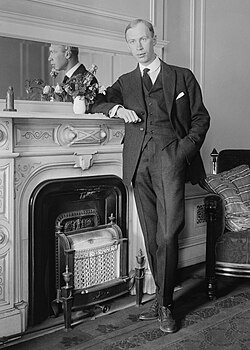Background
Prokofiev originally wrote the music for the ballet Ala i Lolli, the story of which takes place among the Scythians. Commissioned by Sergei Diaghilev, the ballet was written to a scenario by Russian poet Sergey Gorodetsky. [1] [2] But when Diaghilev rejected the score even before its completion, [3] the composer reworked the music into a suite for concert performance. [4]
The suite was premiered on 29 January [ O.S. 16 January] 1916 at the Mariinsky Theatre in St. Petersburg, conducted by the composer. [5]
A scheduled Moscow performance of the suite that December was cancelled at the last minute due to the difficulty of finding musicians to play the piece; [6] it called for an enlarged orchestra and, as many performers had been mobilized due to World War I, enough players could not be found. Nevertheless, the Moscow music critic Leonid Sabaneyev gave the music a scathing review. [7] Prokofiev responded that the supposed performance must have been a product of Sabaneyev's imagination, as the only copy of the score was in the composer's hands and thus he had not even been able to see it.
This page is based on this
Wikipedia article Text is available under the
CC BY-SA 4.0 license; additional terms may apply.
Images, videos and audio are available under their respective licenses.
